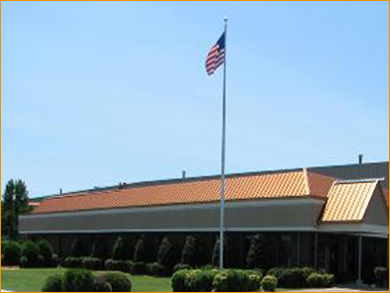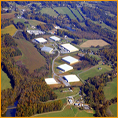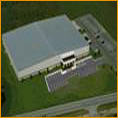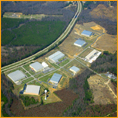2nd Quarter 2015 Hotline
Market Watch
by Joe A. Hollingsworth, Jr.
While the Federal Reserve’s current forecast suggests rates will rise later this year, let’s take a moment to reflect on what we have lived through recently on interest rates to put things in perspective.
Interest rates in the developed markets collapsed to levels not seen in centuries. For example, earlier this year five-year German sovereign yields turned negative meaning investors were paying the German government for their use of investor money (assuming zero or positive inflation). The five-year French debt reached a yield of 0.13%, a level that hasn’t been seen since the 14th century. Perhaps even more incredible is the magnitude of this financial repression; over $4 trillion is now parked in developed market sovereign debt globally that bears negative yields.
Domestically, in all but one of the last 142 years – notably 1941 – prior to 2012 the ten-year US Treasury has averaged more than 2.0%; since 2012, it hasn’t once averaged above that threshold.
We have been blessed (from the real estate borrower’s perspective!) with incredibly low rates for a long time even though each month calls come forth trumpeting the huge rate increases around the corner. The low interest rates coupled with the negative-yielding money that needs to be placed is continuing to drive down cap rates. We have, indeed, experienced a unique time in history.
The US industrial real estate market is rapidly changing in what it is supplying. The majority of the country’s industrial space is smaller warehouses (under 200,000 square feet). However, in the last five quarters, 75% to 80% of the new industrial stock being developed are larger buildings (200,000 to 1M square feet).
Is the supply-side or demand-side driving this change?; Is this being driven by the larger developer having better access to credit than the developers that would develop the smaller warehouses, or is it being made necessary to build large facilities to spread the cost of the increased building costs over a larger number of square feet to keep the rental prices as competitive as possible (supply side)?; and Is e-commerce’s continued growth reshaping the occupancy needs of modern distributors (demand side)? All of this is going on when seemingly there is an ever-increasing demand by security-conscious companies to occupy single-tenant, smaller warehouses to minimize possible terrorist activities or mischief.
Additionally, with demand picking up, the ever-dwindling stock of existing smaller industrial space that is versatile and an even smaller base that is single-tenant, functional, and is evident. While most of the supply might have gone to larger boxes, the smaller warehouses – because the paucity of supply, the continued healing of the smaller businesses, and in spite of the higher construction costs – might see the bulk of the rental rate growth over the next few years. We see immediate rent growth for the small warehouse segment producing speculative building for the first time in this recession by 3rd quarter 2015.



